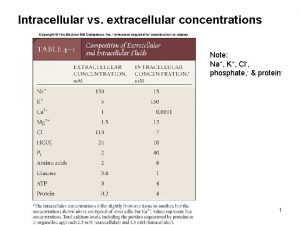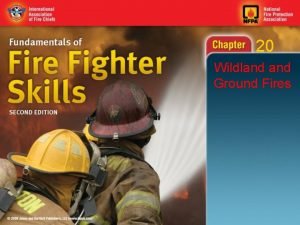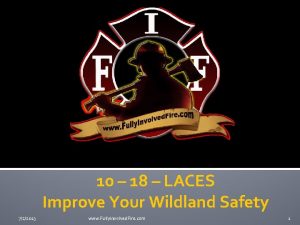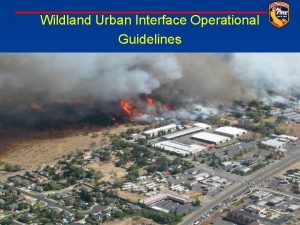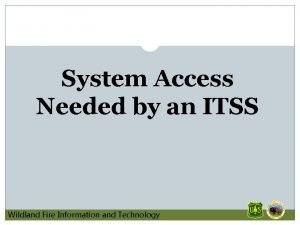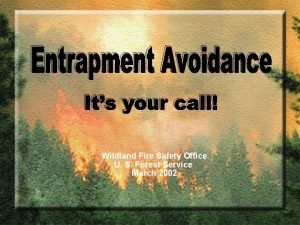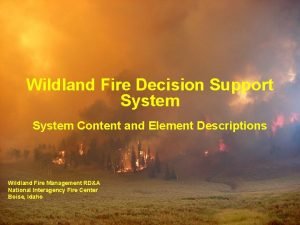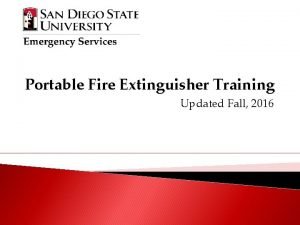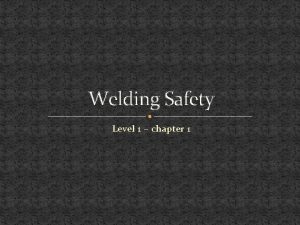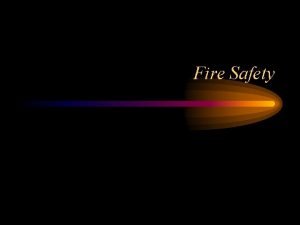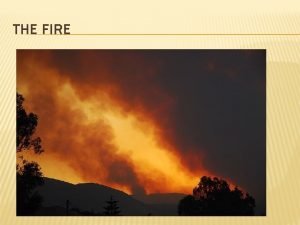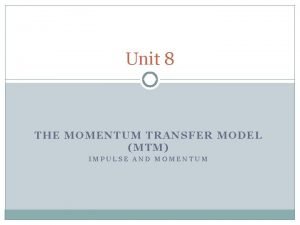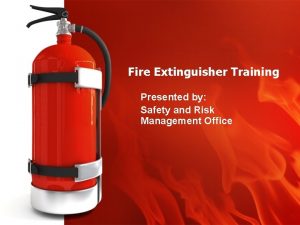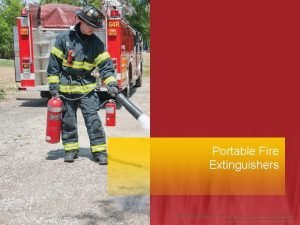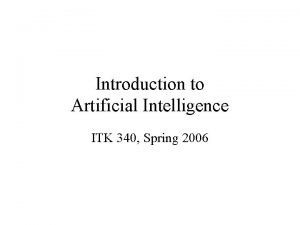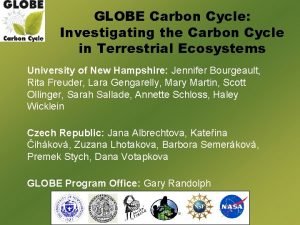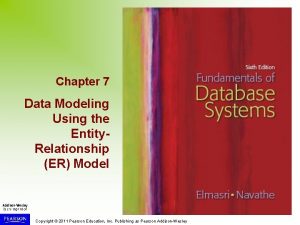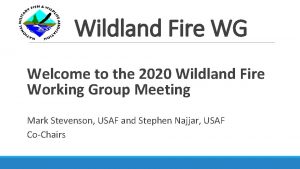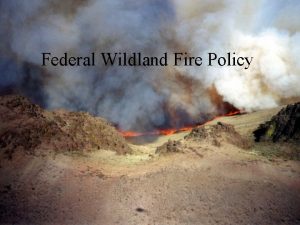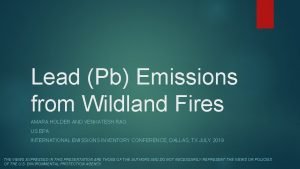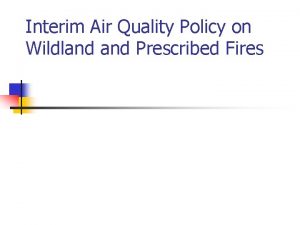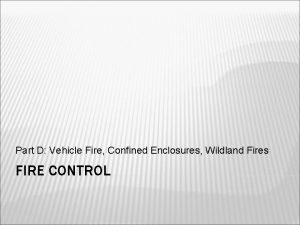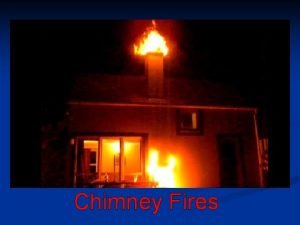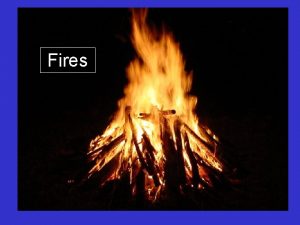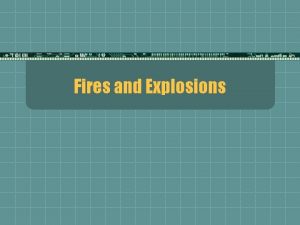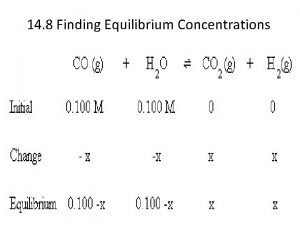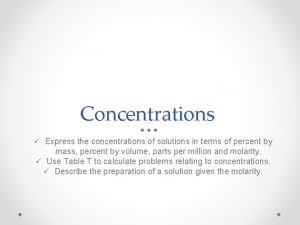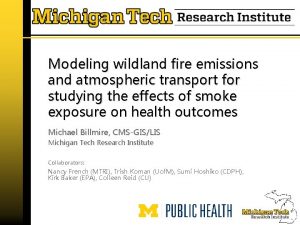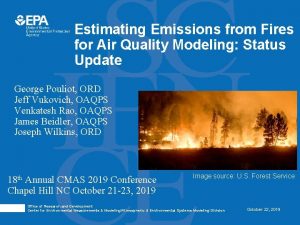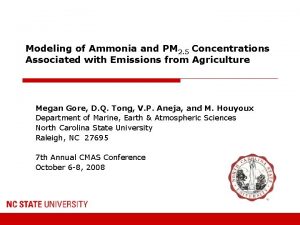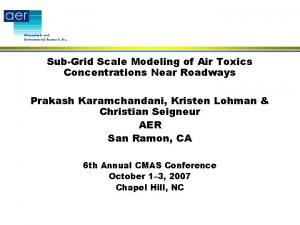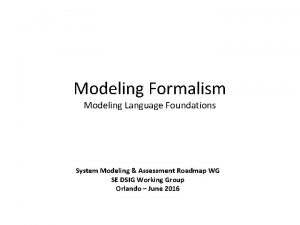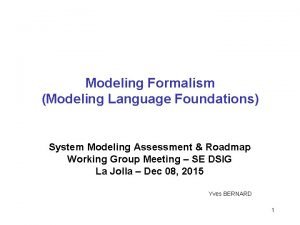Modeling PM 2 5 Concentrations from Wildland Fires



























- Slides: 27

Modeling PM 2. 5 Concentrations from Wildland Fires for Health Impact Assessments Xiangyu Jiang, Eun-Hye Enki Yoo Department of Geography, University at Buffalo 1

Introduction • Wildfire has become a frequent and dreadful threat across the U. S. in recent years. • Wildland fires is a health hazard as they are significant sources of fine particulate matters (PM 2. 5). • It is a challenging to study health effects of wildland fire-specific PM 2. 5 due to the lack of accurate exposure data. http: //medialibrary. climatecentral. org/resources/wildfires-air-quality-2017 2

Data Sources for Exposure Estimation Data Sources Strength Weakness In-situ measurements 1) Easy accessibility 2) Fine spatial resolution 1) Sparse spatial coverage 2) Limited temporal resolution and coverage EPA AQS monitor sites, 2014 3

Data Sources for Exposure Estimation Data Sources Strength Weakness In-situ measurements 1) Easy accessibility 2) Fine spatial resolution 1) Sparse spatial coverage 2) Limited temporal resolution and coverage Satellite-based observations 1) Global spatial coverage 2) High spatial resolution 1) Missing data in the presence of clouds or extremely thick smoke 2) Smoke information in the entire atmospheric column, not at ground level Happy Camp Complex Fire, Aug. 12 th, 2014 Happy https: //worldview. earthdata. nasa. gov 4

Data Sources for Exposure Estimation Data Sources Strength Weakness In-situ measurements 1) Easy accessibility 2) Fine spatial resolution 1) Sparse spatial coverage 2) Limited temporal resolution and coverage Satellite-based observations 1) Global spatial coverage 2) High spatial resolution 1) Missing data in the presence of clouds or extremely thick smoke 2) Smoke information in the entire atmospheric column, not at ground level Unable to Capture wildland fire-specific PM 2. 5 exposure Chemical-transport model (CTM) 5

Objectives • Quantify the amounts of PM 2. 5 stemming from wildland fires. We modeled wildland fire-related PM 2. 5 concentrations using Community Multiscale Air Quality (CMAQ v 5. 2. 1) over northeastern US for the year 2014 • Evaluate the health burden associated with wildland fire PM 2. 5. We quantified excess mortality and hospital admissions attributable to exposure to wildland fire-related PM 2. 5 using the Benefits Mapping and Analysis Program (Ben. MAP) – Community Edition v 1. 4 6

Method Step 1: Estimating Wildland fire PM 2. 5 exposure Emissions Processing System (SMOKE) Fire + Other Emissions Meteorological Model System(WRF) Step 2: Quantifying Wildland fire PM 2. 5 associated health burden Epidemiology Studies Krewski et al Zanobetti et al (2009) Health Burden Emissions Processing System (SMOKE) Other Emissions 7

Study Area and Data CMAQ Domain 8

Results Daily PM 2. 5 with Fire Emissions (9/29/2014) Daily PM 2. 5 without Fire (9/29/2014) Wildland Fire-specific PMEmissions 2. 5 (9/29/2014) 9

Results Annual Mean All-source PM 2. 5 Wildland Fire-Attributable Annual Mean PM 2. 5 10

Health Burden attributable to wildland fire-related PM 2. 5 Premature deaths Total: 2713 (1825 – 3573) Respiratory Hospital Admissions Total: 1223 (707 – 1735) 11

Summary & Discussion 1. We applied CMAQ to capture PM 2. 5 due to wildland fire and demonstrated its application in northeastern US. 2. We assessed the impact of PM 2. 5 related wildland fire on the magnitude and distribution of excess mortality and respiratory hospital admissions. 3. We found that CMAQ predictions are subject to systematic bias. 12

Ongoing Work 1. Calibration of wildland fire-specific PM 2. 5 concentrations at finer spatial resolution will be explored using a Bayesian downscaler model. 2. The health effects of PM 2. 5 solely stemming from wildland fire in New York State will be investigated. 13

Acknowledge 14

Thank you! Xiangyu Jiang Department of Geography, University at Buffalo Email: xiangyuj@buffalo. edu 15

Wildland Fire-Attributable Annual Mean PM 2. 5 https: //www. nifc. gov/fire. Info_statistics. html 16

2014 Large Wildland Fire Occurrence https: //www. nifc. gov/fire. Info_statistics. html 17

Forest Percentage over CMAQ grid cell Population Density over CMAQ grid cell 18

Estimating wildfire-related PM 2. 5 exposure using CTM Literature CTM Methods Limitations Alman et al. , 2016 WRFChem Modeling PM 2. 5 concentrations using Did not distinguish between PM 2. 5 Weather Research and Forecasting concentrations from wildfire emissions with Chemistry (WRF-Chem) during and other emission sources wildfire period Gann et al. , 2017; Lassman et al. , 2017 WRFChem Blended model outputs - background air pollution Background levels of PM 2. 5 are estimated using surface monitor only. Jaffe et al. , 2013; Gong et al. , 2017 CMAQ Wildfire-related O 3 concentrations = statistical model (GAM) residuals Primary interest is O 3 concentration, not PM 2. 5 Fann et al. , 2018 CMAQ Wildfire-specific PM 2. 5 concentrations are modeled by CMAQ (CMAQ with fire emissions – CMAQ without fire emissions) 1) Did not calibrate CMAQ outputs 2) Chemical mechanism scheme CB 05 leads to underestimation of PM 2. 5 during summer periods. 19

Study Area and Data • CMAQ outputs Spatial Resolution: 12 km x 12 km Spatial Coverage: 156 columns x 156 rows Temporal Resolution: hourly Temporal Coverage: 1/1/2014 – 12/31/2014 • In situ measurements Spatial Resolution: point level Spatial Coverage: 655 monitor sites North Atlantic Ocean Urban sites: 515 Rural sites: 150 Temporal Resolution: Hourly, Daily Once every three days Once every six days Temporal Coverage: 1/1/2014 – 12/31/2014 20

CMAQ model performance evaluation (MPE) • Observed n Overall 655 Urban 515 Rural 150 N 162196 8. 99 126741 9. 32 35455 7. 81 5. 07 5. 11 4. 72 Modeled 9. 03 9. 64 6. 87 6. 5 6. 76 4. 87 MB 0. 04 0. 31 -0. 93 Evaluation Metrics ME FB FE 3. 447 0. 61 -5. 51% 39. 97% 3. 61 0. 6 -2. 38% 38. 76 2. 99 0. 63 -16. 69% 44. 27% 21

Limitations • Overestimate PM 2. 5 Underestimate PM 2. 5 22

Introduction Fire Density Annual Average PM 2. 5 23

Wildland Fire-Attributable Annual Mean PM 2. 5 Annual Fire Density over CMAQ study domain 24

Results Annual Mean All-source PM 2. 5 Wildland Fire-Attributable PM Annual Mean PM 2. 5 Ratio 25

Health Burden attributable to wildland fire-related PM 2. 5 Premature deaths Total: 2713 (1825 – 3573) % of premature deaths due to wildland fire-related PM 2. 5 26

Health Burden attributable to wildland fire-related PM 2. 5 Respiratory Hospital Admissions Total: 1223 (707 – 1735) % of Respiratory Hospital Admissions due to wildland fire-related PM 2. 5 27
 Intracellular vs extracellular ion concentrations
Intracellular vs extracellular ion concentrations Relational vs dimensional data modeling
Relational vs dimensional data modeling Helen erickson biography
Helen erickson biography Pincer fire attack
Pincer fire attack Ten standard firefighting orders
Ten standard firefighting orders Leader's intent
Leader's intent Wildland fire ftp
Wildland fire ftp Trigger points wildland fire
Trigger points wildland fire Wfdss training
Wfdss training Marco koper
Marco koper Fire extinguisher pictographs
Fire extinguisher pictographs Most welding environment fires occur during
Most welding environment fires occur during Anthony mingella
Anthony mingella Different fires
Different fires 2007 greek forest fires
2007 greek forest fires When fighting fires a firefighter must use great caution
When fighting fires a firefighter must use great caution A destroyer simultaneously fires two shells
A destroyer simultaneously fires two shells Race acronym
Race acronym Causes and effects of wildfires
Causes and effects of wildfires Class k fire
Class k fire Subtractive modeling revit
Subtractive modeling revit Solid modeling in computer graphics
Solid modeling in computer graphics Thinking humanly: the cognitive modeling approach
Thinking humanly: the cognitive modeling approach Haley ollinger
Haley ollinger Multilevel modeling in spss
Multilevel modeling in spss Decision logic table
Decision logic table Data modeling using entity relationship model
Data modeling using entity relationship model Aep predictive modeling
Aep predictive modeling
